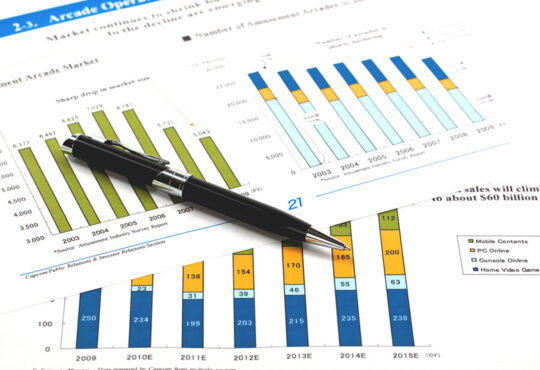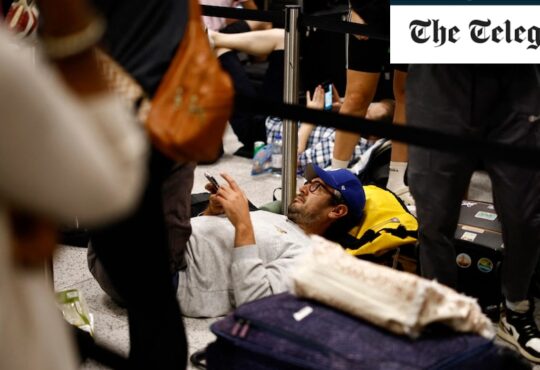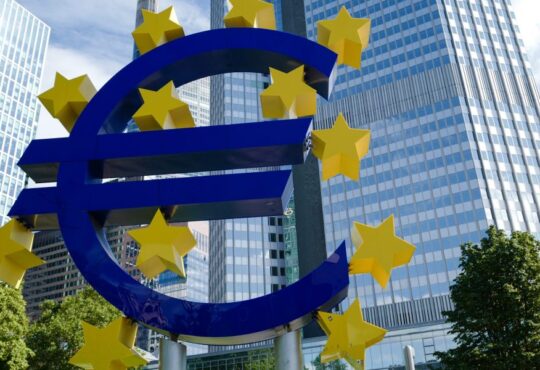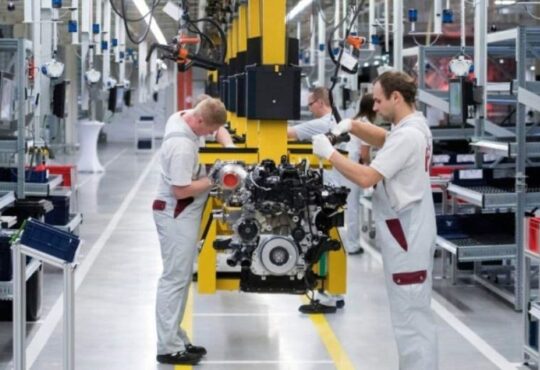EU’s draft reuse targets for packaging meets barrage of criticism from industry – EURACTIV.com

A leaked draft of the EU’s new packaging law, seen by EURACTIV, has caused uproar among the industry, which says it risks undermining years of efforts and billions of euros worth of investments into recycling.
The overhaul of the packaging and packaging waste directive, due on 30 November, promises to be far-reaching.
A draft of the proposal, seen by EURACTIV, includes mandatory recycled content targets for plastics, new ecodesign criteria to make products more easily recyclable, as well as a renewed push to put in place deposit return schemes for used items.
The most controversial element, though, is the reuse targets.
According to the draft, which could still change, reusable packaging should be used for:
- 30% of cold and hot beverages by 2030 and 95% by 2040
- 20% of takeaway ready-prepared food by 2030 and 75% by 2040
- 20% of alcoholic beverages (excluding wine and spirits) by 2030 and 75% by 2040
- 20% of non-alcoholic beverages by 2030 and 75% by 2040
- 90% of large household appliance deliveries by 2030
‘Not realistic’ and ‘counterproductive
These targets have caused uproar among packaging manufacturers but also among users of packaging in the retail sector.
The proposed targets are “not realistic” and could even “be counterproductive” by undermining existing recycling schemes, which have taken years to put in place, according to a cross-industry alliance, which has written to the European Commission to express their concerns.
According to UNESDA which represents the soft drinks industry, the draft reuse targets pose an “existential threat to beverage industries and effective existing recycling systems”.
“If imposed, these disproportionate and unjustified high targets would have a deep impact on our respective sectors, also forming an existential threat to our many SMEs,” it says.
“They would furthermore lead to the dismantling of a number of highly effective, existing recycling systems,” the group said in a statement.
Manufacturers of paper-based packaging and cardboard are also alarmed.
An industry alliance of 100 players in the fibre-based packaging value chain has called for an exemption of paper and carboard from reuse targets.
The exemption would be based on life-cycle considerations and “under the condition that recycling ensures a better environmental performance and a high level of consumer protection,” the coalition suggested in a letter to the EU executive.
“The reuse targets for all packaging, regardless of the material used, would negatively impact the environment, disrupt the competitiveness of the internal and global market, and pose a significant threat to the fibre packaging industry,” the group told the European Commission.
Recycling dismissed
Their concerns are echoed in a separate statement signed by a group of 63 trade associations involved in the entire packaging value chain, from production to retail.
“The proposed refill and reuse targets are not realistic, disproportionate and could be
counterproductive,” they warn.
According to them, reuse and refill “are not always the best option from a climate and environmental standpoint” because they imply additional logistics and transport, which may overall produce more CO2 emissions than single-use items that can be more easily discarded and recycled.
“By dismissing the key role of recycling to achieve packaging circularity, it would paradoxically serve to make it harder to convert waste into viable, secondary raw materials” that can be used to manufacture new products, they write.
“The current approach will lead to a regulatory environment that will be unworkable at best and crippling for whole sectors of the European industry at worst,” the coalition warns.
Worse, the emphasis on reuse risks “jeopardising millions of jobs and billions of euros of investments” in waste collection and recycling schemes, the letter warns, noting that the Commission has not produced a detailed impact assessment of its proposal.
“For many companies, whether packaging manufacturers or users, especially SMEs, the impact of this proposal is not only unsustainable, but also existential,” the statement says.
Supporters of reuse
Others are more supportive of reuse targets.
Among them is the Reloop platform, which brings together green groups and recycling industry players to build a circular economy.
Clarissa Morawski, the platform’s CEO, says the draft EU laws leaves plenty of time – more than 15 years – for the industry to transition as the higher targets only come in in 2040.
While Morawski agreed that recycling in closed-loop systems can sometimes be better for the environment than reuse, she said that most of Europe is nowhere close to having good enough recycling systems for this to be the case.
According to Reloop, a 90% bottle-to-bottle and can-to-can recycling can be achieved in a closed loop system if proper deposit return systems (DRS) are put in place across the EU’s 27 member states.
The biggest fans of reuse targets are found among environmental groups, who say those are preferable to recycling.
A reusable packaging target of 50% in e-commerce, take-away food and other sectors could lead to the reduction of 3.7 million tonnes of CO2 by 2030, according to a report presented last year by the Rethink Plastic alliance and the Break Free From Plastic movement.
Jean-Pierre Schweitzer from the European Environmental Bureau (EEB) argued that the EU executive could go even further and broaden the scope of the reuse targets.
“There are many dry products like rice, nuts, seeds and cereals, which you can easily sell in a refill or reuse model, but they are not covered,” he told EURACTIV.
Defining recyclability
In addition to reuse targets, the draft EU packaging law also sets out a new definition of recyclability.
Along this definition, recyclable packaging should “be effectively and efficiently collected, separated from the waste stream, sorted and aggregated into defined streams for recycling through state-of-the-art processes, and turned into secondary raw material of sufficient quality to substitute the primary raw material”.
The definition is “quite robust” Morawski commented, saying it is the first time such a strong description of recycling is being adopted anywhere in the world.
The draft also includes measures to weed out hard-to-recycle materials, including criteria for designing products in line with the recycling processes, highlighting challenges with substances like additives and inks.
By 2030, packaging will only be considered recyclable if it “complies with the design for recycling criteria”. By 2035, it will also need to be recycled at scale to count, meaning it will need to be “collected, sorted and recycled in Member States representing equal or more than 75% of the EU population”.
However, Schweitzer was critical of this, saying it means products only need to be theoretically recyclable this decade.
“There is a risk of having packaging that can be recycled in theory, but is not being recycled in practice,” he told EURACTIV. The draft also means that a quarter of Europe could still use packaging that isn’t being recycled in 2035, he added.
[Edited by Frédéric Simon]









